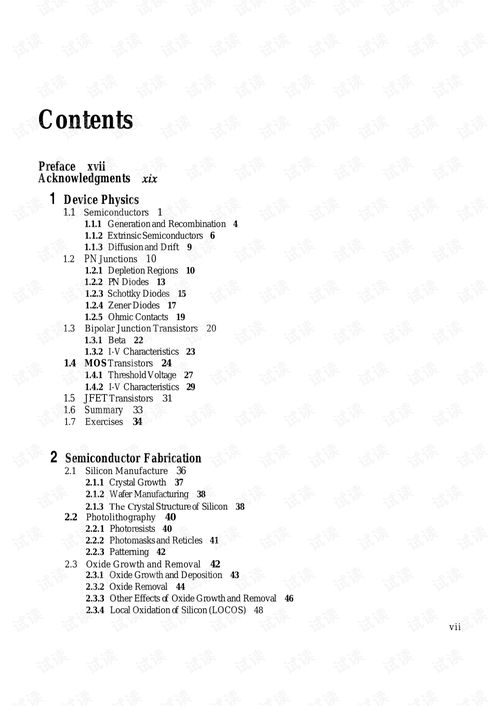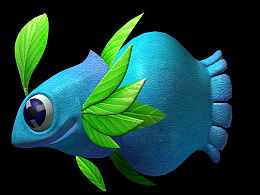The Art of Fishing: How to Prepare Your Bait for Maximum Success
Fishing is an ancient pastime that has been enjoyed by countless individuals across the globe. Whether you're a seasoned angler or a beginner looking to cast your line into the water, one thing remains constant: the importance of choosing the right bait. The right bait can make the difference between a successful day on the water and a frustrating one. In this article, we'll delve into the world of fishing and explore the various techniques and tips for preparing your bait to ensure you're ready to hook the big one.
Understanding Your Target Fish
Before you can effectively prepare your bait, it's crucial to understand the species of fish you're targeting. Different fish species have varying preferences when it comes to food, and this knowledge can significantly impact your fishing success. Here are some common fish species and their preferred baits:
Bass: Bass are attracted to a variety of baits, including live worms, crickets, and artificial lures. Live bait is often more effective, but artificial baits can be used to great effect if you know how to mimic the fish's natural prey.
Carp: Carp are bottom feeders and are typically attracted to baits like corn, bread, and sweet treats. They are also known to be attracted to bright colors, so using colorful baits can be advantageous.
Trout: Trout are often found in streams and rivers and are known to be picky eaters. Live bait like worms, minnows, and flies are popular choices, as well as artificial lures that imitate these natural foods.
Salmon: Salmon are powerful fish that are often caught using larger baits like herring, sardines, and even whole fish. Salmon are attracted to the scent and movement of these baits, so using a lively presentation is key.
Choosing the Right Bait
Once you know your target fish, the next step is to choose the right bait. Here are some general tips for selecting the best bait for your fishing adventure:
Live Bait: Live bait, such as worms, minnows, or leeches, can be highly effective as it provides a realistic and natural food source for fish. However, it requires more preparation and can be more challenging to handle.
Artificial Bait: Artificial baits, such as lures, jigs, and spinners, can be more convenient and last longer than live bait. They also come in a wide variety of shapes, sizes, and colors, allowing you to experiment with different presentations.
Natural Bait: Natural baits like corn, bread, or cheese can be effective for certain species, especially in areas where fish are accustomed to these types of food. These baits are also easy to prepare and use.
Preparing Your Bait
Once you've chosen your bait, it's time to prepare it. Here are some tips for preparing different types of bait:

Live Bait: When using live bait, it's important to keep it as lively and healthy as possible. Use a bait holder or a small hook to keep the bait in place, and be sure to keep it in water to maintain its vitality.
Artificial Bait: Artificial baits often require minimal preparation. However, it's important to inspect them for any damage and to adjust the hook or leader as needed.
Natural Bait: Natural baits like corn or bread can be prepared by soaking them in water or by using a paste made from cornmeal and water. This paste can be molded into a ball or shape that resembles the fish's natural prey.
Tips for Using Your Bait Effectively
Finally, here are some tips for using your bait effectively:
Mimic the Fish's Natural Prey: When using artificial baits, try to mimic the movement and appearance of the fish's natural prey. This can be achieved by adjusting the speed and direction of your retrieve.
Adjust Your Technique: Different fish species may require different techniques. For example, a slow and steady retrieve may be more effective for bass, while a more erratic motion might attract trout.
Be Patient: Fishing is a waiting game, and it's important to be patient. Wait for the fish to take the bait, rather than pulling it away too quickly.
In conclusion, mastering the art of fishing involves understanding your target fish, choosing the right bait, and preparing it effectively. By following these tips and tricks, you'll be well on your way to hooking the big one and enjoying a successful day on the water. Happy fishing!












